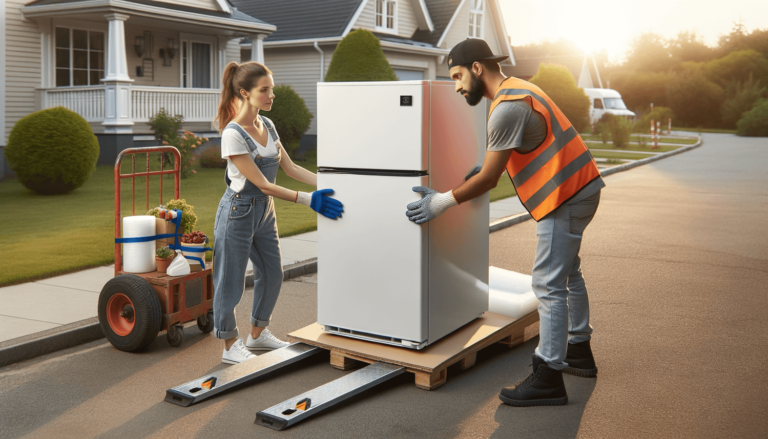

Yes, you can transport a refrigerator on its side, but it’s not recommended. If you must do so, taking certain precautions to minimize potential damage is essential. Understanding the risks and proper methods for moving a refrigerator can ensure it continues to operate smoothly after transport. At Setting King, we provide trusted advice for all your appliance questions, including how to transport a refrigerator safely.
Quick Summary
Transporting a refrigerator on its side might be your only option due to space constraints or vehicle sizing, yet it comes with potential risks. The primary concern is damage to the refrigerant lines, which could lead to costly repairs or a malfunctioning appliance. Additionally, there’s a risk of oil from the compressor flowing into the cooling lines, which could block the refrigerant and cause cooling issues.
Before you transport your refrigerator on its side, there are several steps you should take to prepare it and minimize the risks:
Different types of refrigerators may have specific recommendations for transport. For example, newer models with more sophisticated technology may be more sensitive to being moved on their side. Always consult the user manual or manufacturer’s recommendations when available.
Once the refrigerator has been transported and allowed to stand upright for the recommended period, there are a few additional steps to take before plugging it in:
Transporting a refrigerator on its side can be done safely with the proper precautions and preparation. At Setting King, we’re dedicated to providing the trusted advice you need to manage your household appliances with care. Remember, the best approach is to avoid moving a refrigerator on its side unless absolutely necessary. If you must, follow the guidelines shared to protect your appliance and ensure its longevity.